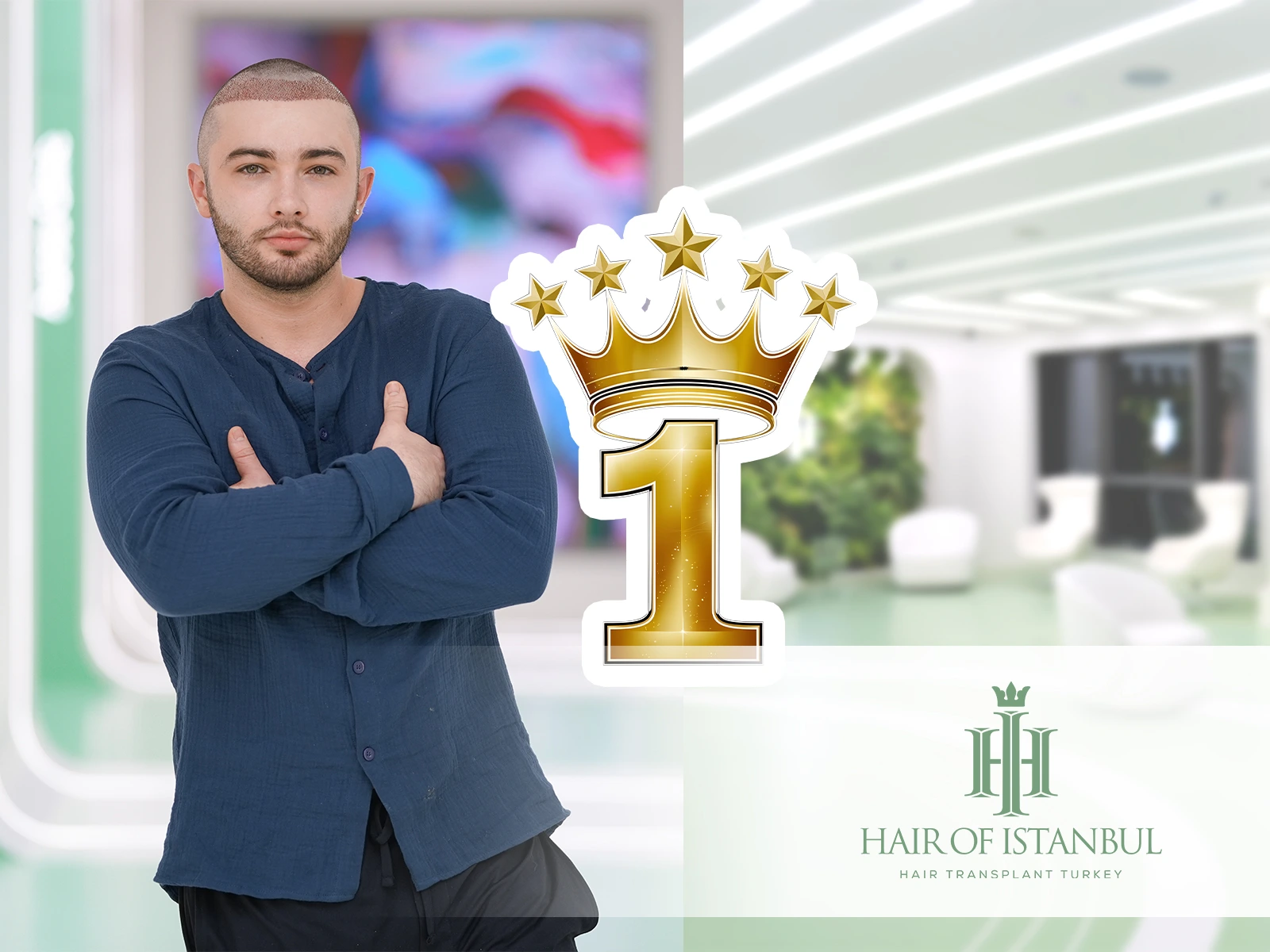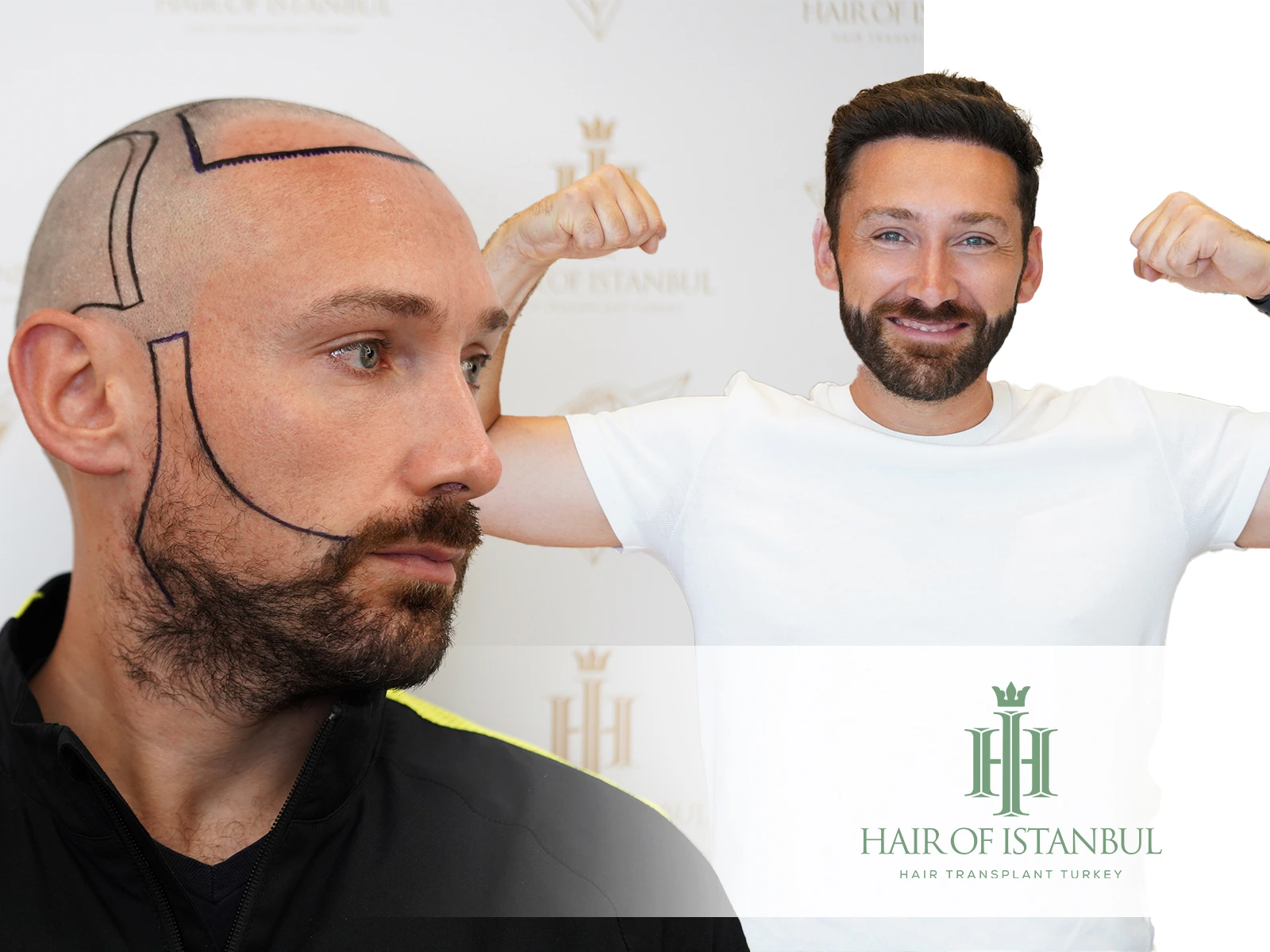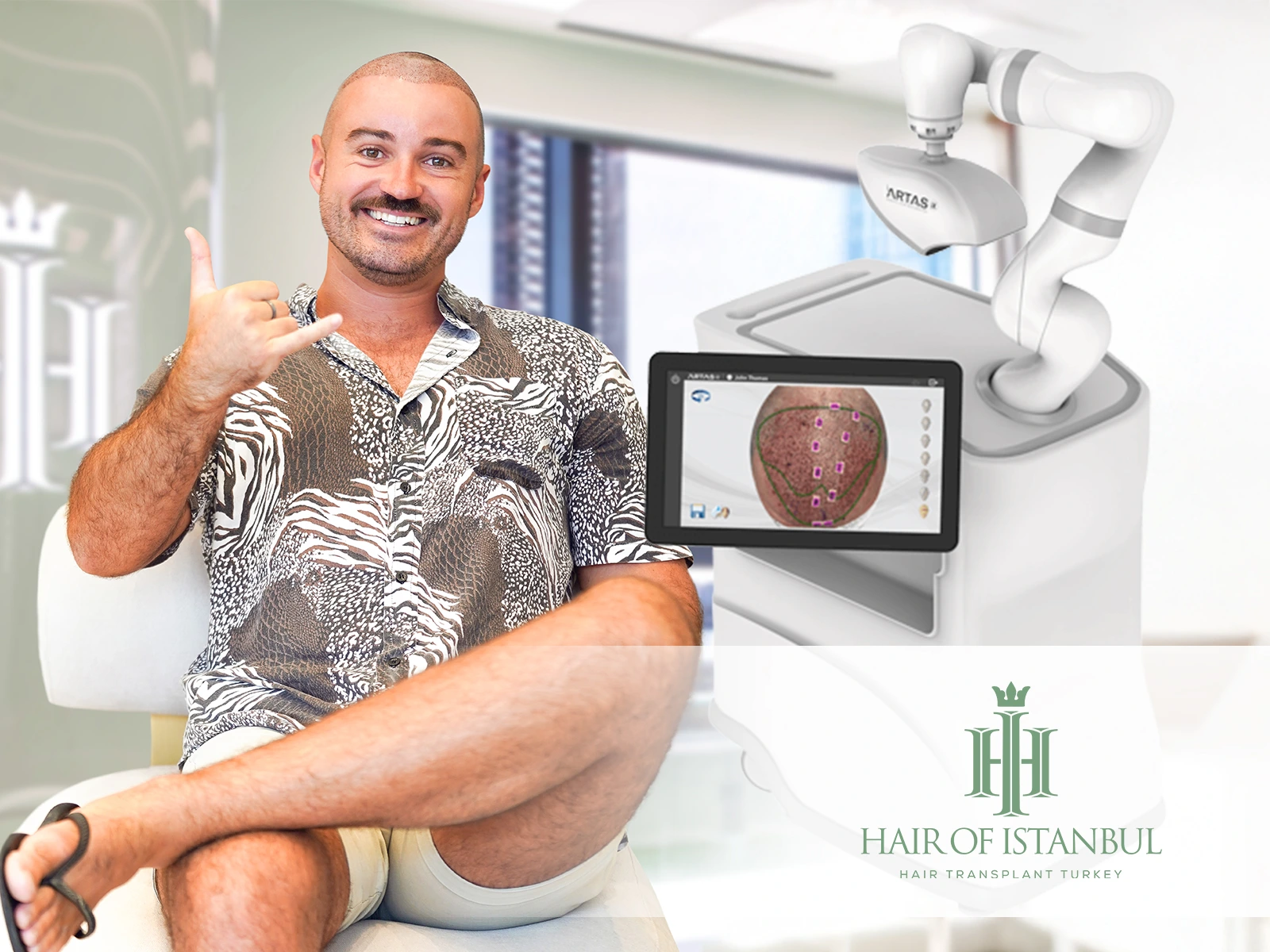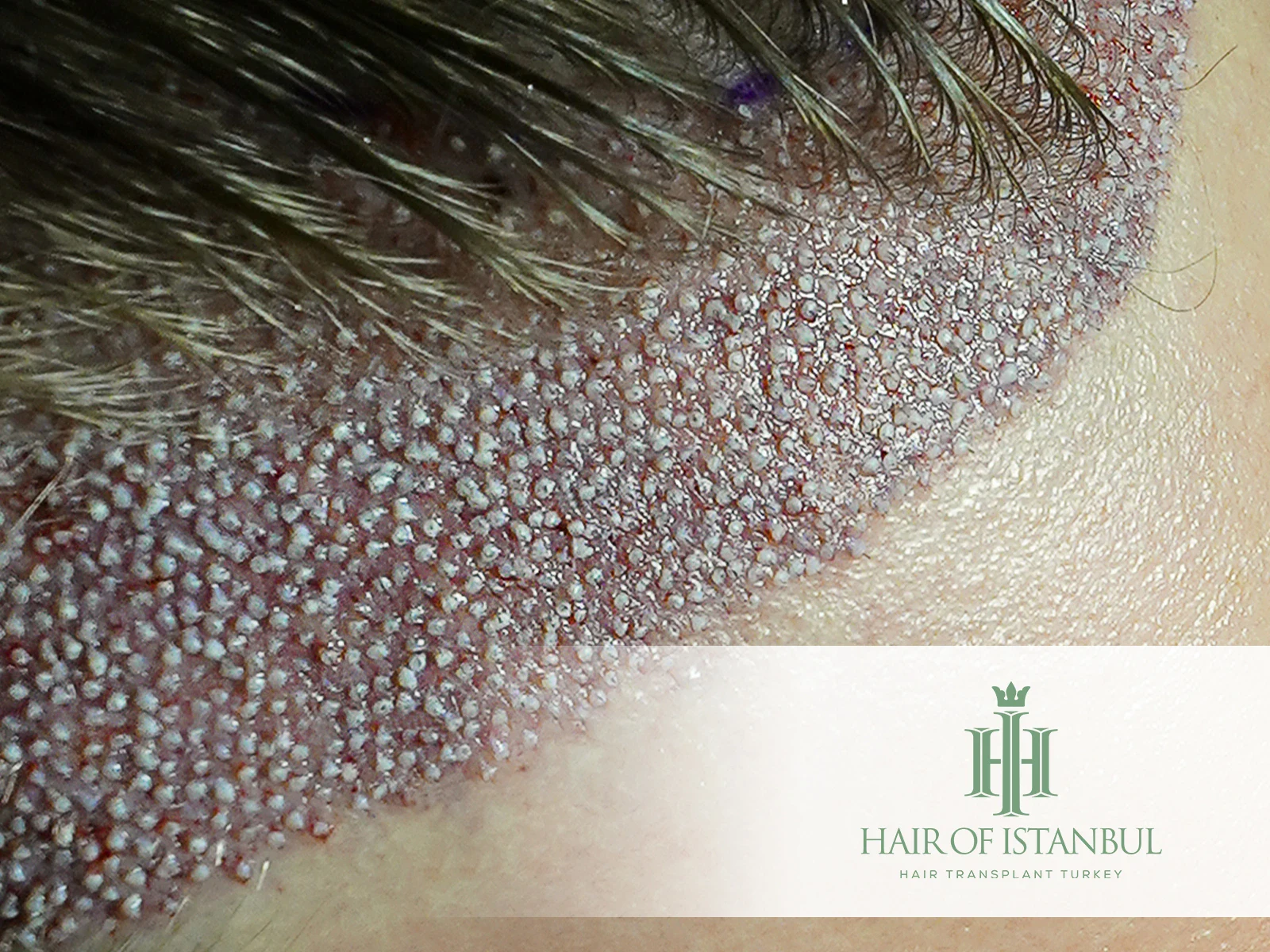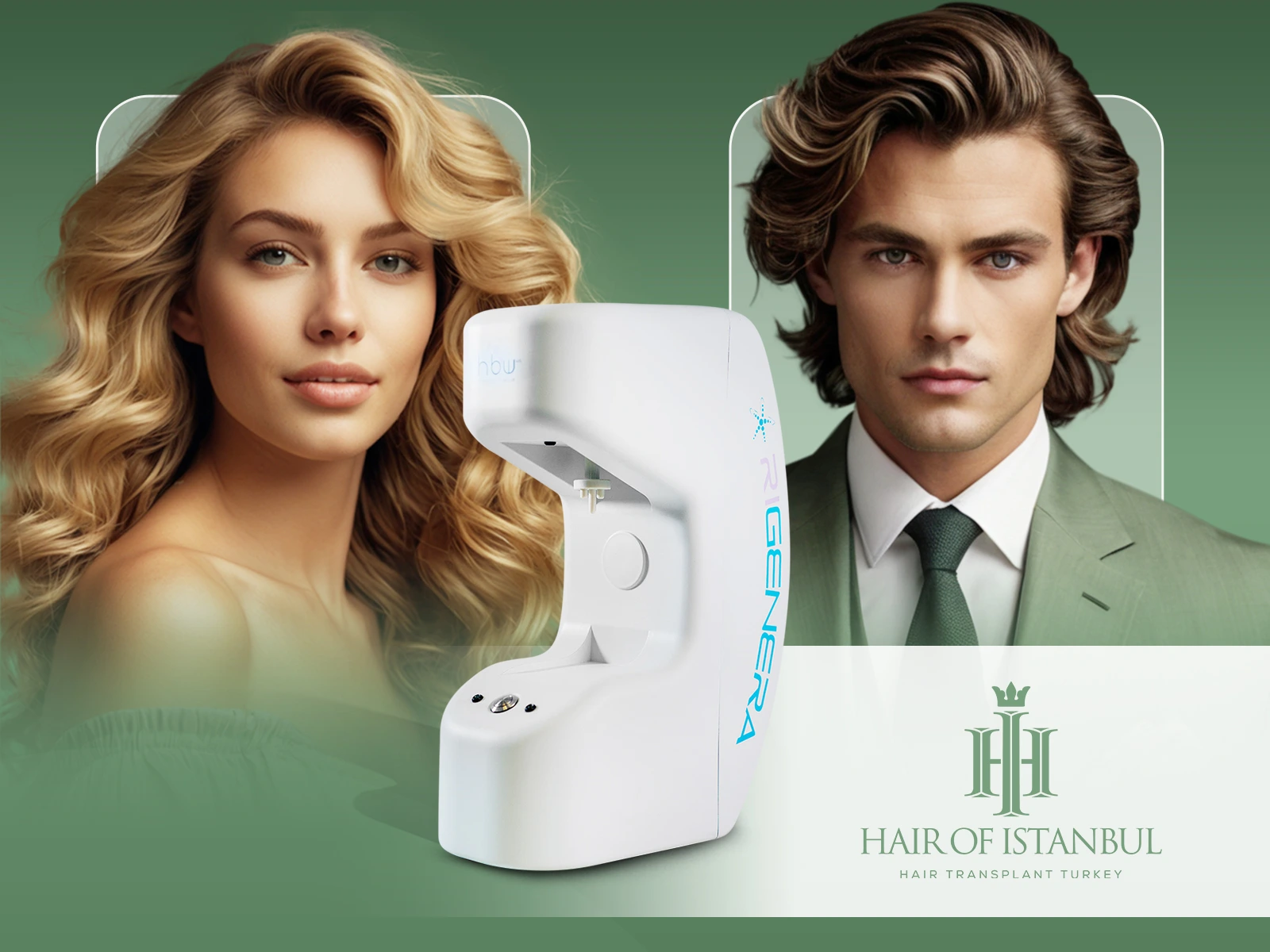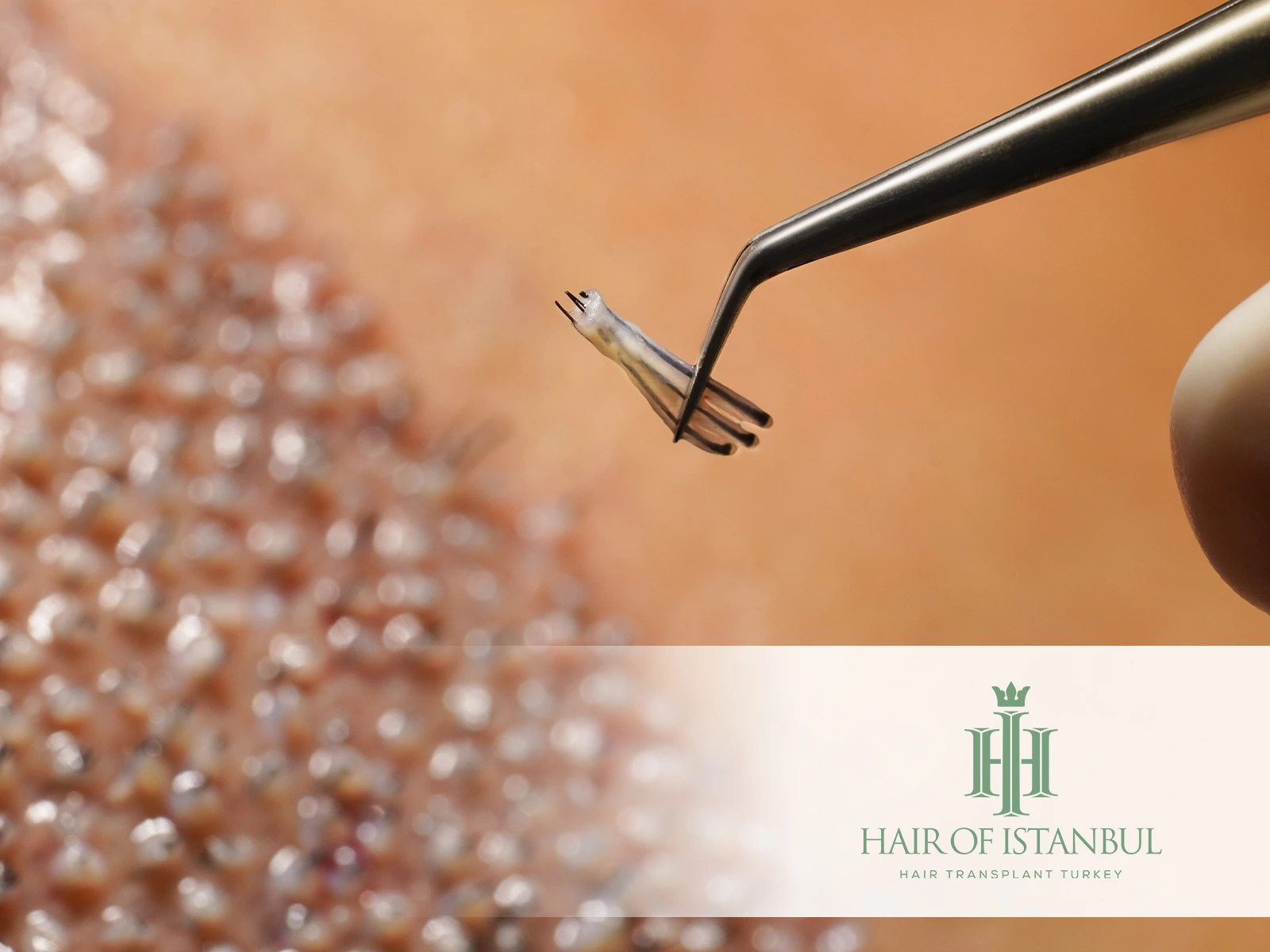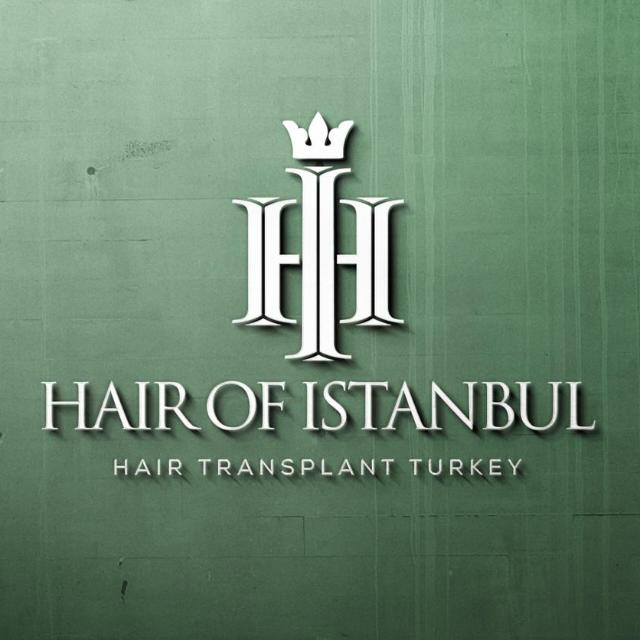What Happens to Donor Area After Hair Transplant?
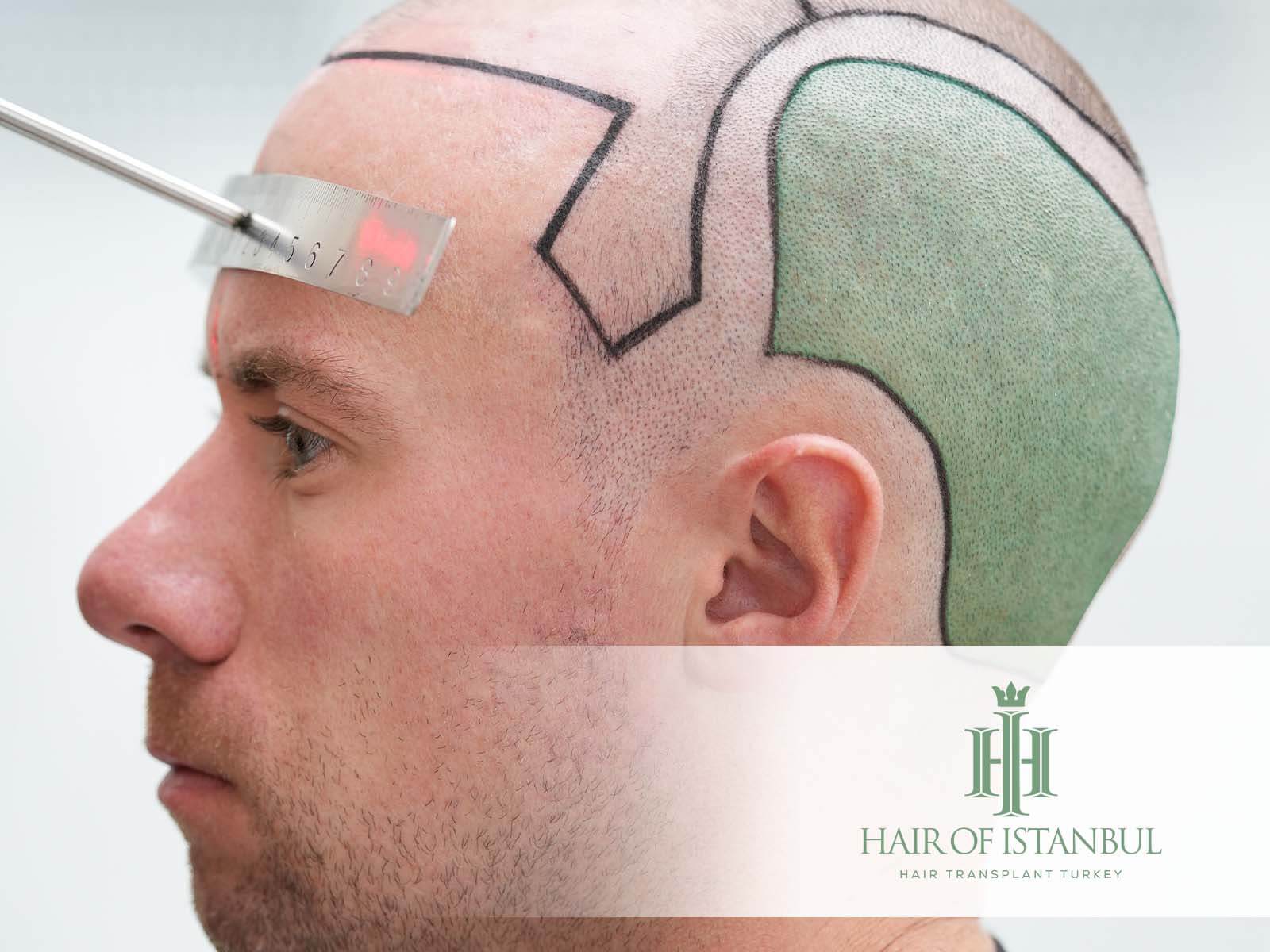
What happens to the donor area after a hair transplant? This is a common question for those considering the procedure. The healing process, potential sensations, and overall appearance of this area change over time. Some worry about discomfort, while others wonder if hair will grow back.
Understanding what to expect can help you feel more confident about the recovery journey. Proper care is essential to ensure the best results. But how long does it really take to heal? Can you touch or shave the area too soon? Let’s explore everything you need to know.
Healing Process Of The Donor Area
The donor area undergoes a structured healing process after a hair transplant. While initial recovery happens within a couple of weeks, complete restoration takes longer. Below, we explore the typical healing timeline and essential aftercare steps to support recovery.
How Long Does It Take For The Donor Area To Heal?
The healing timeline for this area after a hair transplant varies among individuals. Typically, the initial healing phase spans 1 to 2 weeks. During this period, it’s common to experience redness, scabbing, and mild discomfort. These symptoms generally subside as the area heals.
When Does The Donor Area Return To Normal Appearance?
While the donor area heals relatively quickly, achieving a completely normal appearance may take longer. On average, it can take 3 to 4 months for this area to blend seamlessly with the surrounding scalp. During this time, any residual redness or textural changes gradually diminish, resulting in a natural look. [1]
How Is The Donor Area Treated After A Hair Transplant?
Proper post-operative care is crucial for optimal healing in this area. Here are some general guidelines:
| Cleaning: | Gently cleanse the donor area as per your surgeon’s instructions, usually starting 24 to 48 hours post-surgery. Use a mild, non-medicated shampoo to avoid irritation. |
| Medication: | Apply any prescribed topical antibiotics or ointments to prevent infection and promote healing. |
| Bandage Care: | If a bandage is applied, it is typically removed within a few days post-surgery. After removal, gently pat the area dry with a clean towel after washing. |
| Activity Restrictions: | Avoid strenuous activities and direct sun exposure during the initial healing phase to prevent complications. |
Post-Transplant Sensations In The Donor Area
After a hair transplant, it’s common to experience temporary discomfort in the donor area. Some patients report sensations like burning or tightness, while others worry about changes in density. The following sections clarify what to expect and how to manage these sensations. [2]
Does The Donor Area Feel Burning After A Hair Transplant?
Experiencing a mild burning sensation in the donor area during the first few days post-transplant is relatively common. This discomfort typically subsides as healing progresses. To alleviate any irritation, your surgeon may recommend appropriate topical treatments.
Does The Donor Area Look Sparse After A Hair Transplant?
When performed by a skilled surgeon, hair extraction is strategically planned to ensure that the donor area maintains a dense appearance. Even with short haircuts, the extraction sites are usually inconspicuous, minimizing any noticeable thinning. Proper technique and distribution during follicle extraction are key to preserving the aesthetic integrity of this region.
Also Read: Tips to Reduce Swelling After Hair Transplant: Expert Advice
Hair Growth And Care In The Donor Area
Many patients wonder if hair will grow back in the donor area or how to care for it after surgery. Understanding the nature of follicle extraction and post-transplant care can help set realistic expectations and ensure a smooth recovery.
Does Hair Grow Back In The Donor Area After A Hair Transplant?
During a hair transplant, hair follicles are extracted from the donor area—typically the back or sides of the scalp—and transplanted to balding regions. Once these follicles are removed, they do not regenerate in this area. This means the specific spots where follicles were taken will not grow new hair. However, surgeons strategically extract follicles to ensure that the remaining hair covers these minor gaps, maintaining a natural appearance without noticeable thinning.
When Can I Shave The Donor Area After A Hair Transplant?
Post-hair transplant, it’s essential to allow the donor area to heal properly before shaving. Generally, patients are advised to wait at least two weeks before shaving this region.
This period allows the scalp to recover, reduces the risk of irritation, and ensures that any scabs or redness have subsided. Always consult with your surgeon for personalized advice, as individual healing times can vary.
Also Read: Numbness After Hair Transplant: Is It Permanent or Temporary?
Handling And Maintenance Of The Donor Area
Proper handling of this area is essential to prevent complications. Patients often ask whether they can touch or rub the area, as these actions may impact healing. Below, we provide guidelines on how to care for this area without disrupting the recovery process.
Can I Rub The Donor Area After A Hair Transplant?
After a hair transplant, this area is particularly sensitive and requires gentle care. Rubbing this area can disrupt the healing process, potentially leading to irritation or infection. It’s crucial to avoid any vigorous contact to ensure optimal recovery and the success of the transplant.
Can I Touch The Donor Area After A Hair Transplant?
Like rubbing, touching this area should be minimized following a hair transplant. Excessive contact can introduce bacteria, increasing the risk of infection, and may interfere with the healing process. It’s best to follow your surgeon’s aftercare instructions closely and avoid unnecessary contact with this area.
Also Read: Caffeine After Hair Transplant: How Soon Is It Safe to Drink?
CONCLUSION
Understanding what happens to the donor area after a hair transplant is essential for anyone considering the procedure. Proper care ensures smooth healing, prevents complications, and helps maintain a natural look.
At Hair of Istanbul, we prioritize every step of the process, from precise extraction to effective post-op care. Our team provides expert guidance to protect this area, reducing discomfort and optimizing recovery.
With advanced techniques and personalized aftercare, we help patients achieve the best possible results. If you’re looking for a clinic that combines expertise with top-tier patient care, Hair of Istanbul is here to support you.
References:
- [1] Corey Whelan, Jan 4, 2019 – Are Hair Transplant Scars Permanent, or Can They Be Removed? – https://www.healthline.com/health/hair-transplant-scar
- [2] Marc R. Avram & Nicole E. Rogers & Francisco Jiménez, Jan 8, 2010 – The donor area (Chapter 3) – Hair Transplantation – https://www.cambridge.org/core/books/abs/hair-transplantation/donor-area/7A1367866C0581EFC436B167C351182A

